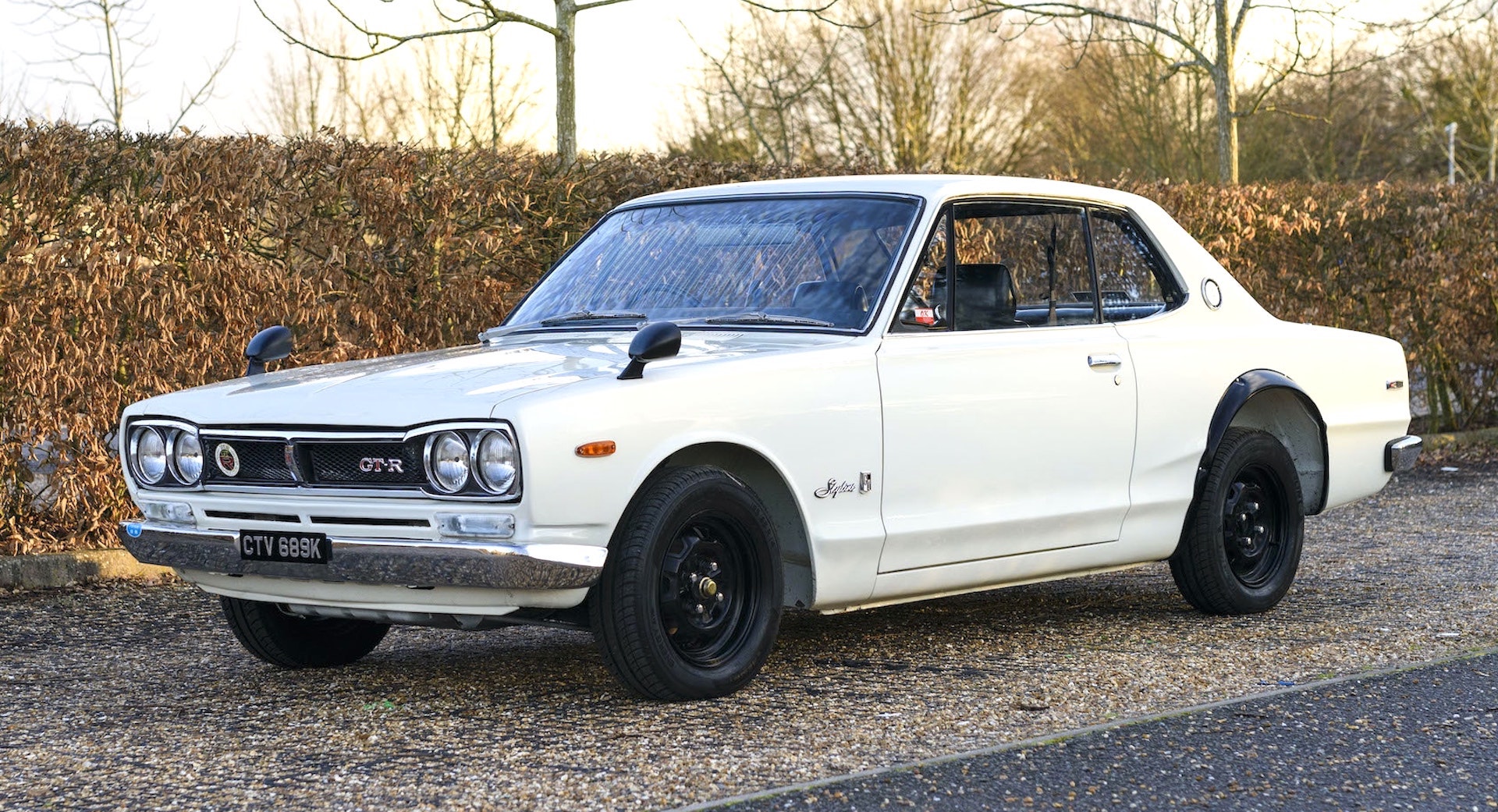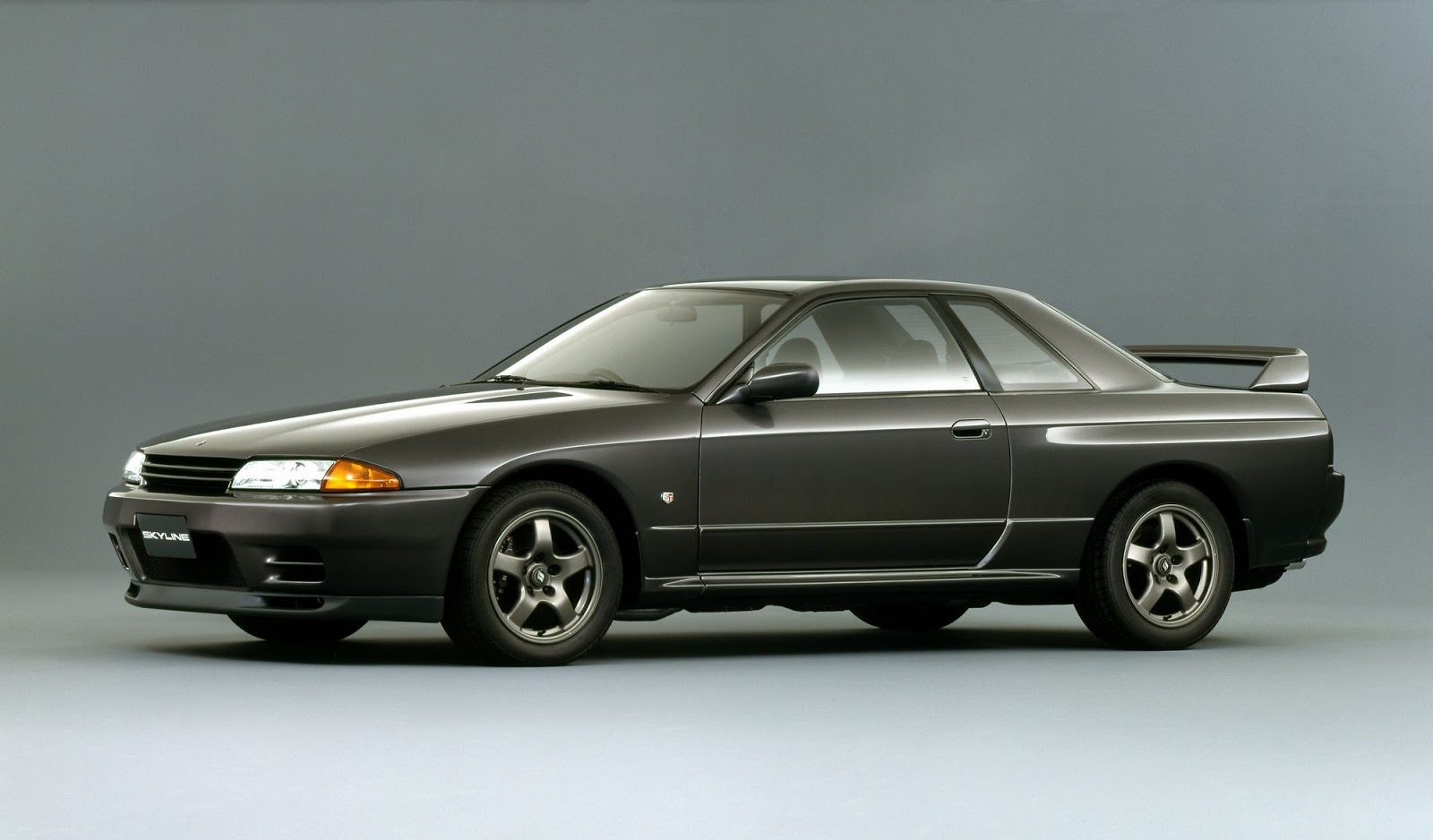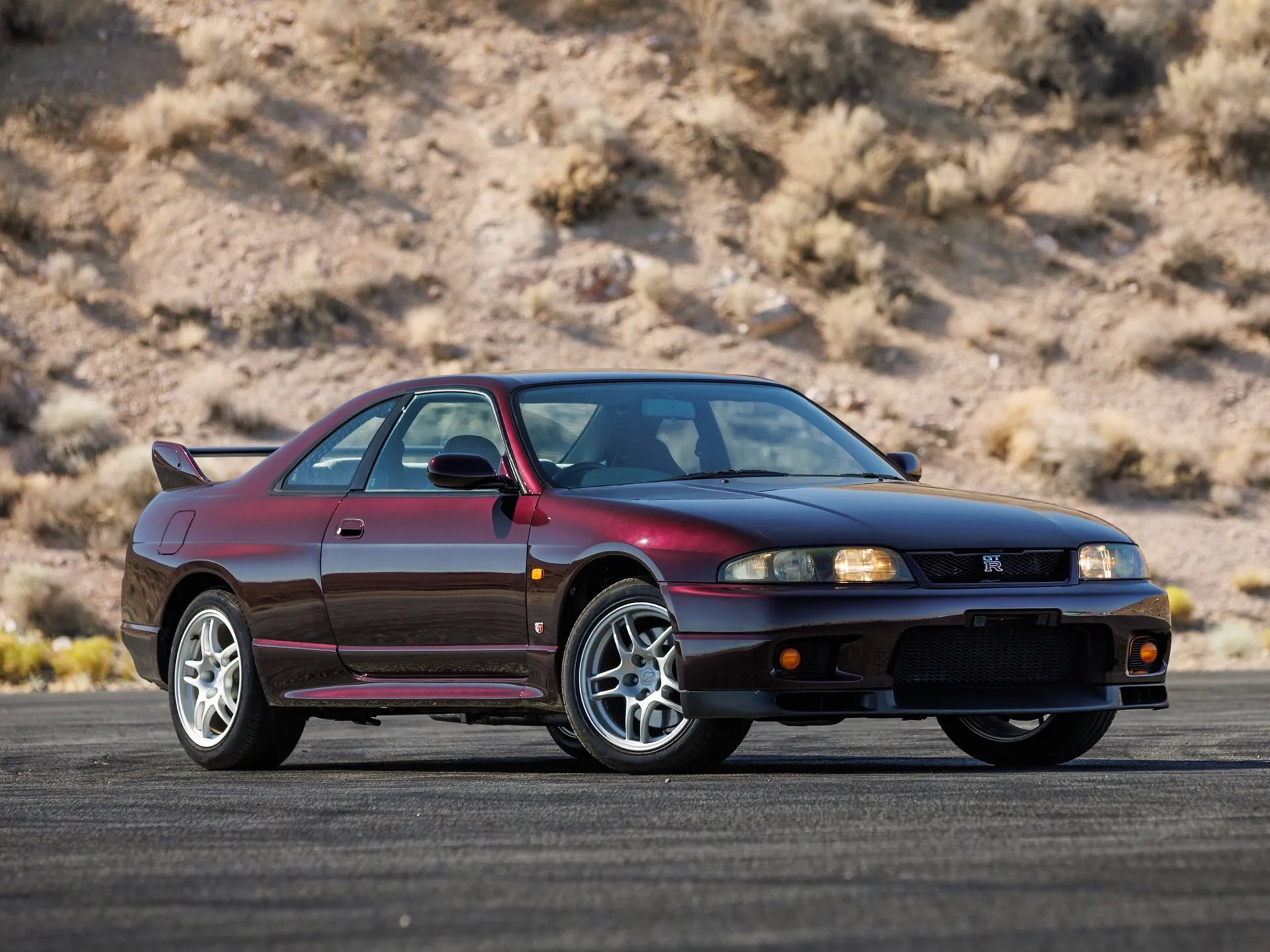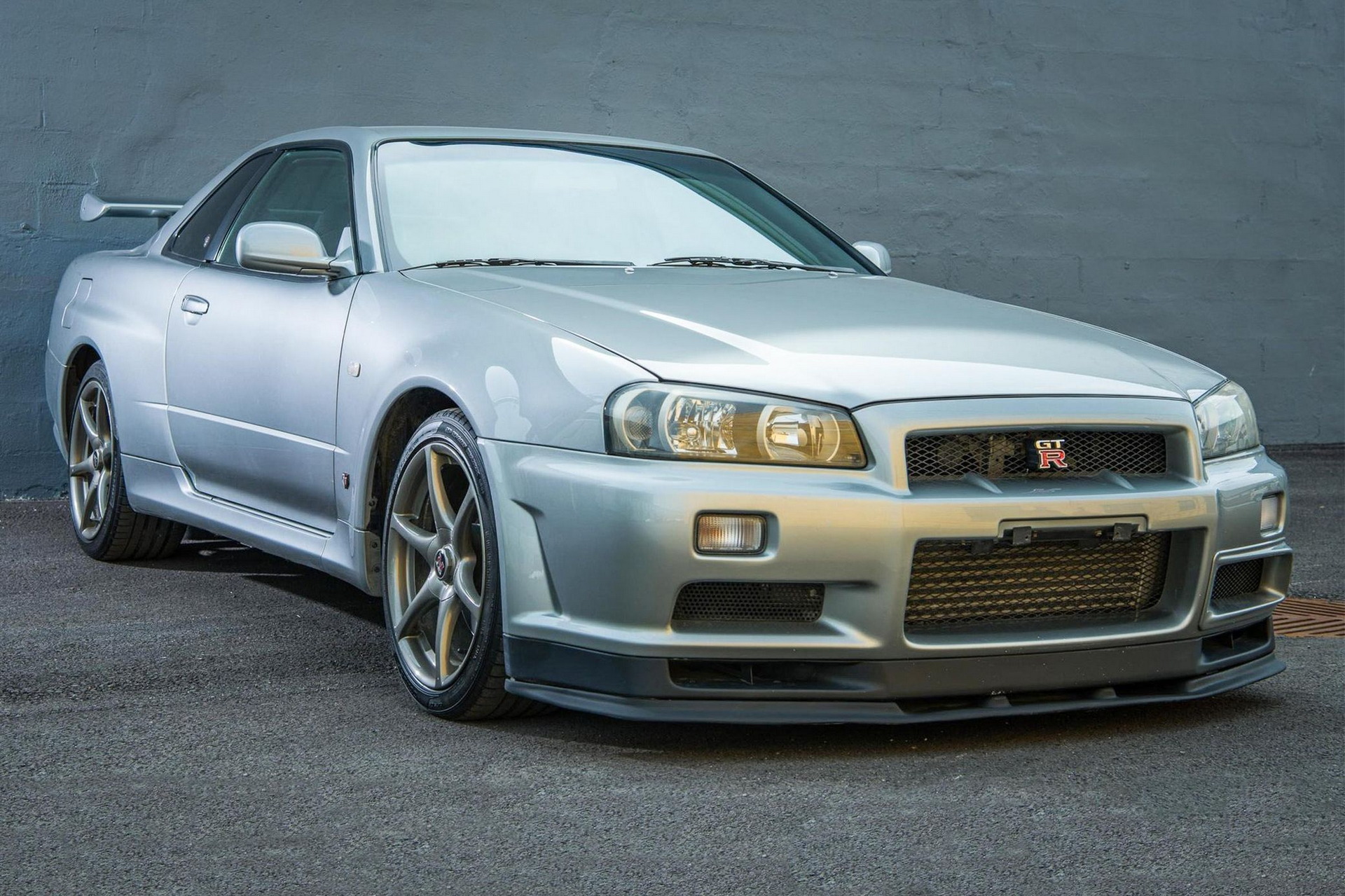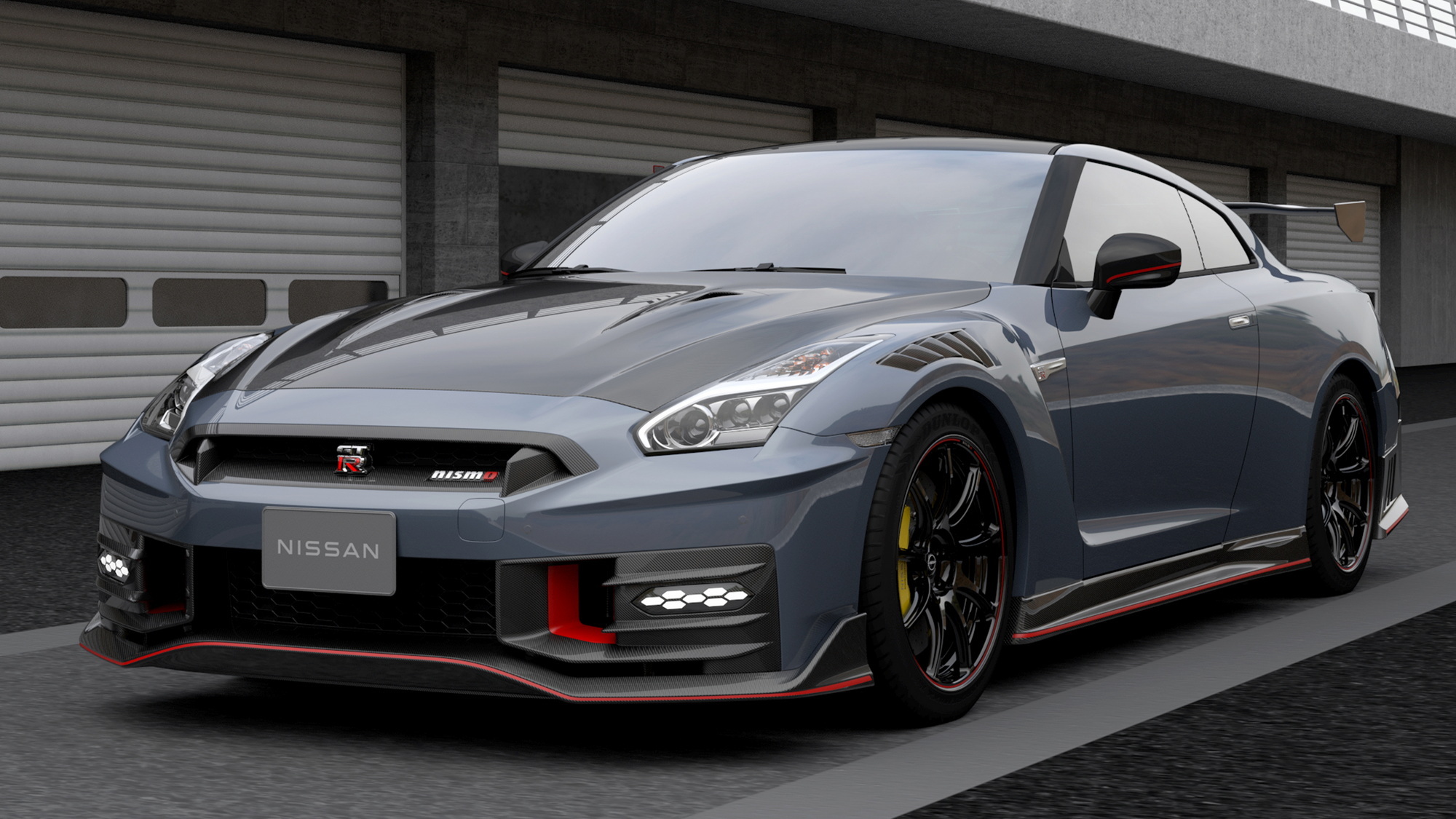If you’ve consumed any tech content on YouTube you’ve probably come across Marques Brownlee. He’s been on platform since he was a kid and has built up an incredible 17.8 million-strong subscriber base on his MKBHD channel over the past 15 years, mostly reviewing and talking knowledgeably about phones and laptops.
But increasingly of late he’s been throwing cars into the mix, even opening up a separate YouTube channel called Auto Focus, giving his take on EVs like the Rivian R1S, Hyundai Ioniq 5, Rimac Nevara and Ford F-150 Lightning. And all of that content seems to have gone down fairly well. But Brownlee’s appearance on a WVFRM podast talking about recent electric concept cars, including Nissan’s Hyper Force, has sent car fans, and Nissan fans in particular, into a meltdown.
While talking about the Hyper Force and Nissan’s bullish claims about it being a handy track weapon, Brownlee claimed that Nissan had never previously made a track car. Asked by his co-presenter whether he considered the GT-R a track car, Brownlee said he didn’t, at which precise point he probably lost more subscribers than if he’d made some pronouncement on the Israel-Palestine situation.
“Marques saying the GT-R is not a track car is maybe the worst car take of all time,” wrote once viewer in the comments section under the YouTube video, which you can watch below.
“Car guys in here are SCREAMING,” wrote another.
Related: 1,341 HP Nissan Hyper Force Dives Into The GT-R’s Electric Future
But is he wrong? The single roadgoing Nissan R390 GT1, a street-legal version of the firm’s 1990s Le Mans car, would say so, though it was never offered to the public so it probably doesn’t count. But what about the GT-R and all the other excellent performance cars Nissan has built over the years and sold through dealerships? At the crux of this whole thing is one question: what exactly constitutes a “track car”?
Is a track car a car that was designed specifically for the circuit and never intended for the road (like Nissan’s GT-R Nismo GT3, though that’s a racecar so Bugatti’s Bollide would be a better example)? Or is it a car designed primarily for the track with no concessions to road use beyond the ones necessary to make it legal on the street, like a Radical? Or does a car designed primarily for the road that also happens to be pretty handy on a circuit (eg a 911 S/T) count as a track car?
The original 1969 Hakosuka GT-R was created to homologate the GT-R racecar, as was the 1989 R-32 GT-R, both being conceived to win on track, which they did in some style. Though they were simply uprated version of regular road cars that competition remit gives them “track car” credibility, or at least the cars that actually raced. We’re kidding ourselves if we think the run of the mill R32s made available to the public with their nice carpets, mild engine tunes, softer suspension, radios and air conditioning weren’t optimized for road use first, and track use second.
And the modern R35 GT-R wasn’t born out of homologation rules at all. It was always designed first and foremost as a road car, a rival for machines like Porsche’s 911 Turbo, but that same setup also allowed it to whip around the Nurburgring at lightning speed. Does that qualify it as a track car? We want to hear your take so leave a comment below and let us know whether Marques messed up or whether he was actually right.





